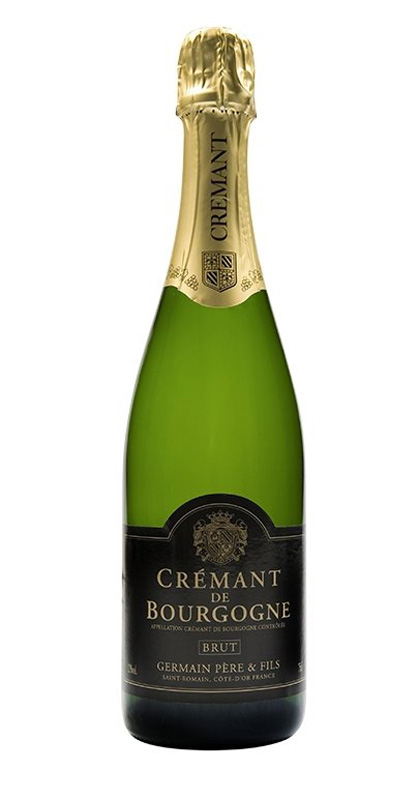One of the things I did to pass the time during the long months of quarantine was binge-watch the new Star Trek series, starring Captain Picard as a curmudgeonly old geezer, who has retired to the family château in Burgundy to tend the vineyards.
Faithful Trekkers may recall a few mentions of the Château Picard winery in previous series or at nerdfest conventions, but for those new to Trekdom, everyone’s favourite handsome bald captain (closely followed by Captain Stubing from the Love Boat) grew up on the family vineyard in Burgundy, home to some of the best wines in the world, in this century or any other.
For those not intimately familiar with the myriad wine regions of France, Burgundy is located 300km southeast of Paris, and although small geographically, punches above its weight in the world of wine.
The soils of Burgundy are mostly limestone mixed with clay, spread over nearly 30 thousand hectares, with cold winters and hot summers that make the grapes work hard to produce fruit.
The two primary grapes grown in Burgundy are Pinot Noir and Chardonnay, with smaller plantings of Gamay and Aligoté.
Unless your name is Daddy Warbucks or Scrooge McDuck, it is unlikely that you will be able to afford the wines produced in the Grand Cru vineyards of Burgundy, which start in the hundreds, and can quickly increase in price up to thousands or even tens of thousands of dollars per bottle.
Fortunately, it is only a very small minority of Burgundy vineyards that bear the Grand Cru designation, so there is plenty of wine available in the $20-$40 range at your local booze merchant.
I made a pilgrimage to the vineyards of Burgundy many years ago, along with 60 other tourists squeezed into a large tour bus, and visited three different wineries at various price points, ranging from the quaffable table wines to the bottles that cost one arm and two legs.
Wine has been produced in the Burgundy region since the days of the Roman Empire, with vineyards from the first century still producing today.
Those toga-wearing Romans made wine for their legendary parties, but it was the Catholic monks in the middle ages that perfected the quality control and vinification techniques that we now take for granted.
It was the Burgundy region that make the Pinot Noir wine the thundering juggernaut of the wine world that it is today, with more Grand Cru designations than any other region.
Novice boozers will often skip the Pinot Noir grape, favouring the more jammy and fruit-forward grapes like Merlot and Cab Sauv.
However, as consumer palates become more refined and discriminating, the subtle intricacies of the Pinot Noir grape begin to shine, making it a constant favourite of wine snobs the world over.
Pinot Noir is sometimes referred to as the heartbreak grape, as it is very fussy about temperature and humidity changes during the growing season, leading to many tears of sorrow from winemakers. Fortunately for the boozers of the world, those tenacious winemakers work extra hard to bring this grape to our tables every day, for which your humble narrator is eternally grateful.
Pinot Noir pours into the glass a much paler colour than other red wines, but do not mistake it for a light-tasting wine. Aromas on the nose are of rose and plum, with hints of currant and red fruits. On the tongue, expect flavours of raspberry, cranberry, vanilla, mushroom, and tobacco.
I like to pair my Pinot Noir with Comté cheese, a little combination I discovered on vacation in Paris that will knock your socks off.
For fans of white wine, the Burgundy region is planted with nearly 50% Chardonnay grapes, mostly in the northern sub-appellation known as Chablis.
The world’s most expensive Chardonnay grapes come from the Champagne region, but Burgundy boasts its own sparkling wine made from Chardonnay grapes, which is available for around one-third the cost.
Known as Cremant de Bourgogne, this sparkling wine is made in the same style of Champagne, but tends to have more minerality than the sparkling wines of the more famous Champagne region.
I always keep a few sparkling bottles of Cremant de Bourgogne in the cellar for special occasions, and at only $25, it has never failed to impress.
The wines of Burgundy will be well represented at your friendly neighbourhood booze merchant, so ask for a recommendation on your next visit!





